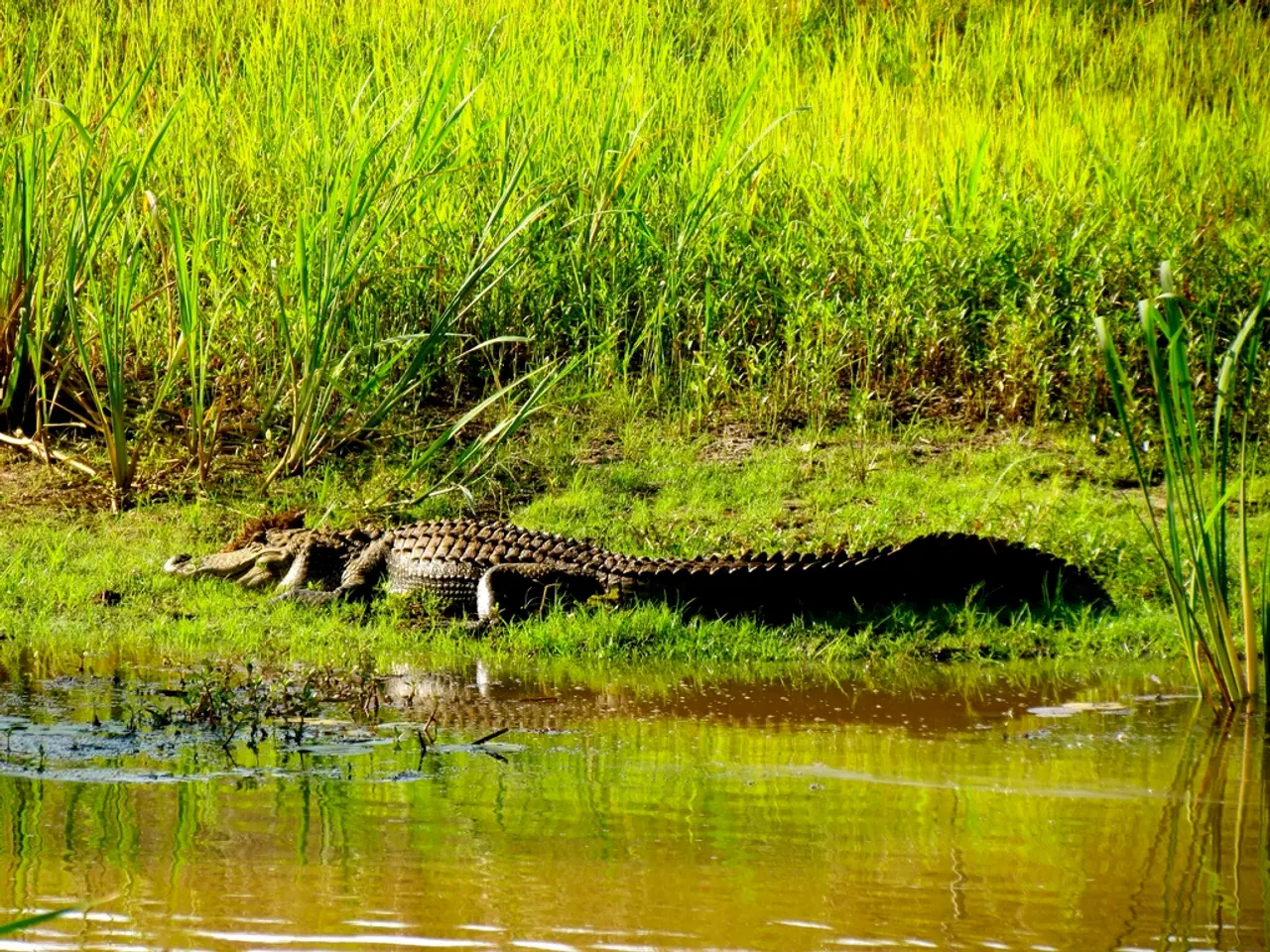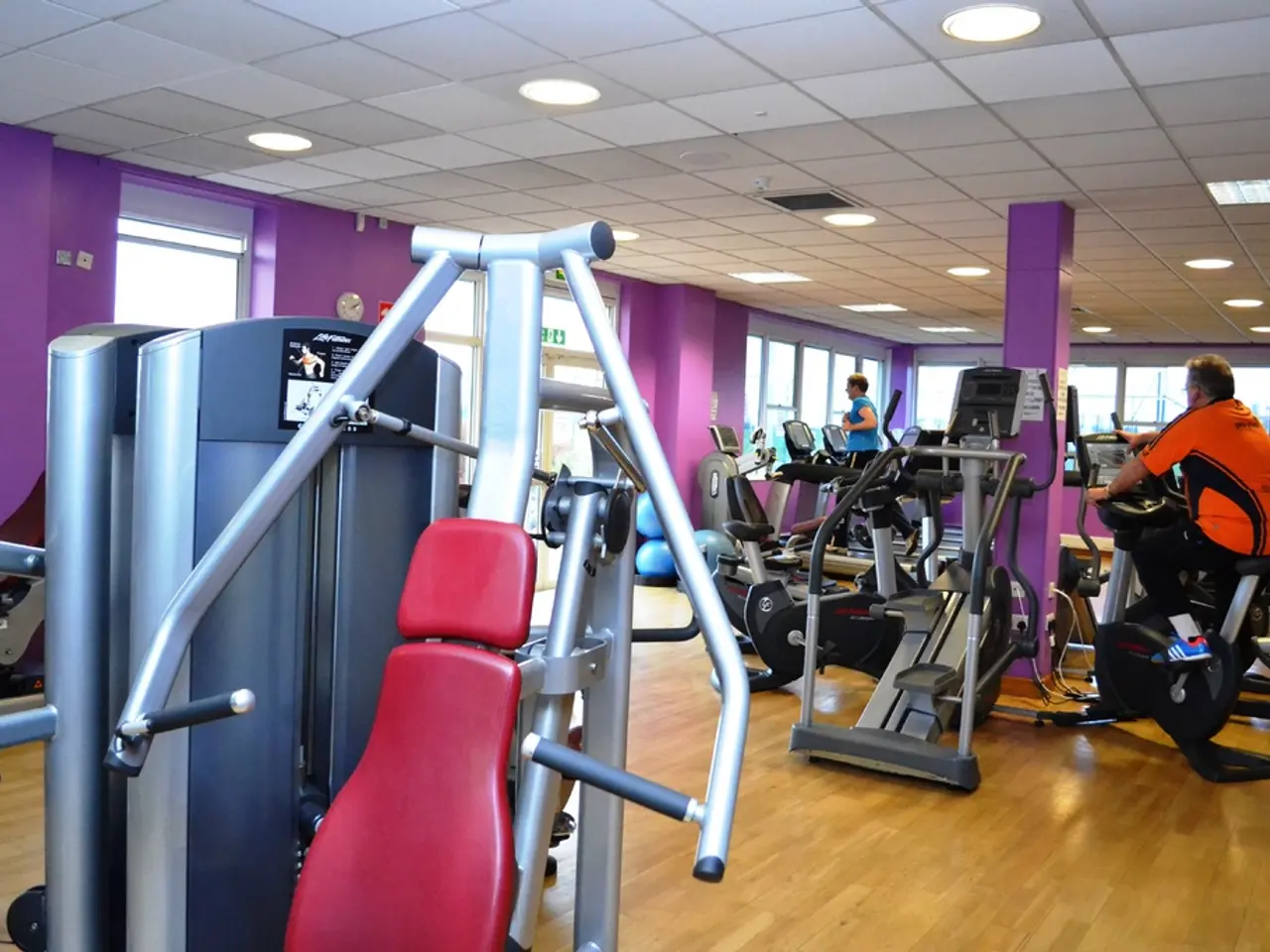Investigating the Water Quality Prior to Swimming in Victoria Is Essential
Victoria, Australia, takes water quality seriously, with EPA Victoria leading the charge in forecasting and reporting water quality for specific locations such as Port Phillip Bay beaches and the Yarra River. The organisation issues twice-daily water quality forecasts at 10 am and 3 pm, using historical microbial water quality data, recent and forecast rainfall, and light levels/cloud cover to predict water quality [4].
The water quality reports are integrated into broader water resource monitoring conducted by organisations like the Victorian water authorities and the Bureau of Meteorology. These agencies provide ongoing updates on water storage levels across regions, rainfall, and seasonal climate outlooks, helping to indirectly influence water quality by affecting water resource availability and weather conditions relevant to water contamination risks [1].
EPA Victoria’s approach combines observed environmental data and forecast models to provide real-time and short-term outlooks on water quality, enabling the public to make informed decisions regarding water use and recreational activities. Alerts are also issued when pollution incidents affect water bodies [4].
The Victorian Desalination Plant indirectly supports water quality by maintaining supply stability during droughts or periods of low rainfall [2]. However, agricultural activities and industry can produce contaminants that get washed into the bay, affecting water quality.
To ensure the water is safe for swimming, it's important to avoid swimming near stormwater drains, avoid swimming for 48 hours after rainfall, try not to swallow water during recreation, cover cuts and scratches with waterproof bandages, wash your skin with soap after touching the water, and shower after swimming [3]. The EPA uses data and weather reports to predict water safety for swimming [5].
Staying vigilant around water is crucial. Know your swimming area, don't go in there on your own, and if the water looks funny, contaminated, or turbid, apply a precautionary approach and don't go in. The EPA recommends avoiding beach areas for up to 48 hours after heavy rain and floods to avoid a higher risk of illness [3].
E. coli is used as a microbial measure for water quality and can cause illnesses like gastroenteritis and diarrhea [3]. It takes time for the water to improve, but a run of clear skies helps enormously, and the water quality should usually get better within about 24 to 48 hours [6].
To help improve water quality, it's essential to avoid littering and pick up rubbish you find. Rainfall produces runoff, which affects water quality in the bay [6].
For the latest water quality in your area, visit the EPA website or sign up for alerts. The EPA’s website also offers an interactive map to observe water quality in your area [1]. The EPA provides a daily interactive water quality beach report for Victorian beaches along Port Phillip Bay and the Yarra River [1].
If you're heading to a beach on the coast, staying at an RACV Resort can be a good option [7]. However, it's important to remember that dogs should not be allowed in the water as a precautionary measure, even though they may be more resilient to bacteria [3].
Home behaviours can also affect water quality. Ensuring water and waste are disposed of properly can help improve the water quality [1]. Making sure you don't litter can significantly contribute to maintaining clean waters.
References:
- EPA Victoria. (n.d.). Water quality monitoring. Retrieved from https://www.epa.vic.gov.au/your-environment/water/water-quality-monitoring
- Victorian Desalination Project. (n.d.). About the project. Retrieved from https://www.victoriandesalinationproject.com.au/about-the-project
- EPA Victoria. (n.d.). Water safety for swimming. Retrieved from https://www.epa.vic.gov.au/your-environment/water/water-quality-monitoring/water-safety-for-swimming
- EPA Victoria. (n.d.). Microbial water quality forecasting. Retrieved from https://www.epa.vic.gov.au/your-environment/water/water-quality-monitoring/microbial-water-quality-forecasting
- EPA Victoria. (n.d.). Water quality and weather. Retrieved from https://www.epa.vic.gov.au/your-environment/water/water-quality-monitoring/water-quality-and-weather
- EPA Victoria. (n.d.). Rainfall and water quality. Retrieved from https://www.epa.vic.gov.au/your-environment/water/water-quality-monitoring/rainfall-and-water-quality
- RACV. (n.d.). Coastal resorts. Retrieved from https://www.racv.com.au/travel/accommodation/holiday-park-resorts/coastal-resorts
The health-and-wellness aspect of water quality is of significant concern, as EPA Victoria's water quality forecasts and alerts help prevent waterborne illnesses like gastroenteritis and diarrhea caused by microbial contaminants such as E. coli [3, 4]. To maintain the environmental-science perspective of water quality, it's important to reduce waste and litter that can contaminate water bodies, particularly in coastal regions like Port Phillip Bay [1, 6].




